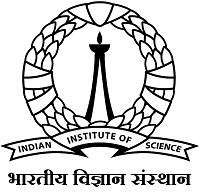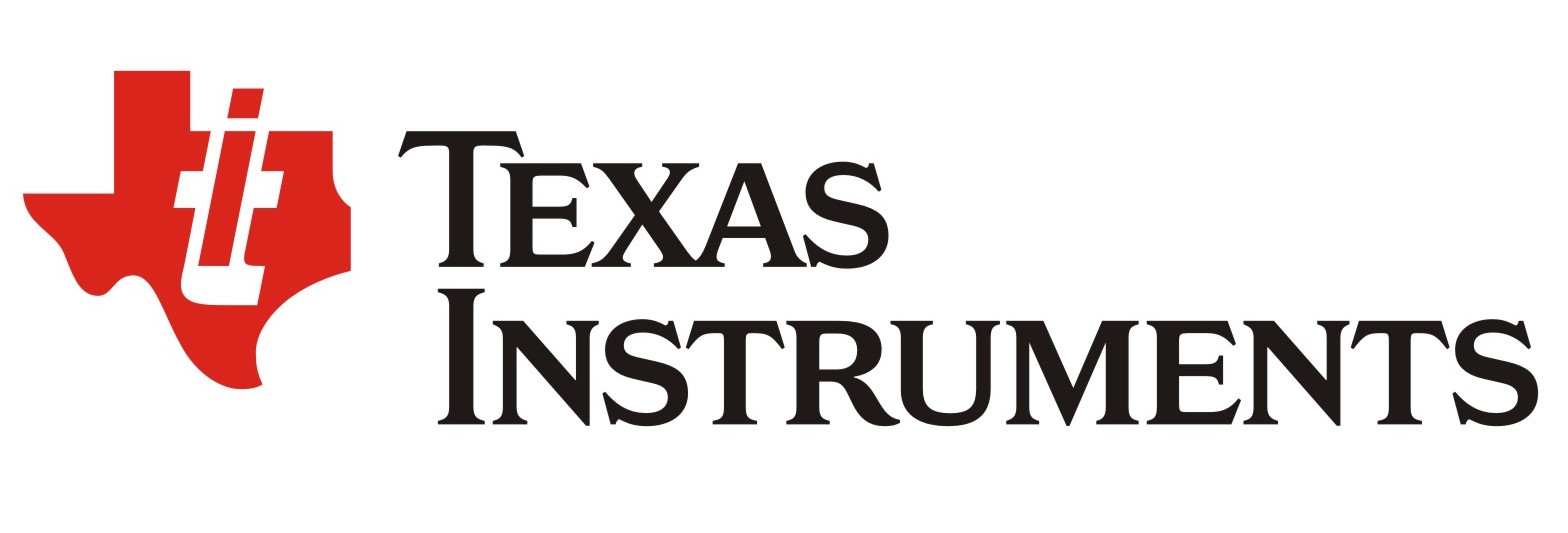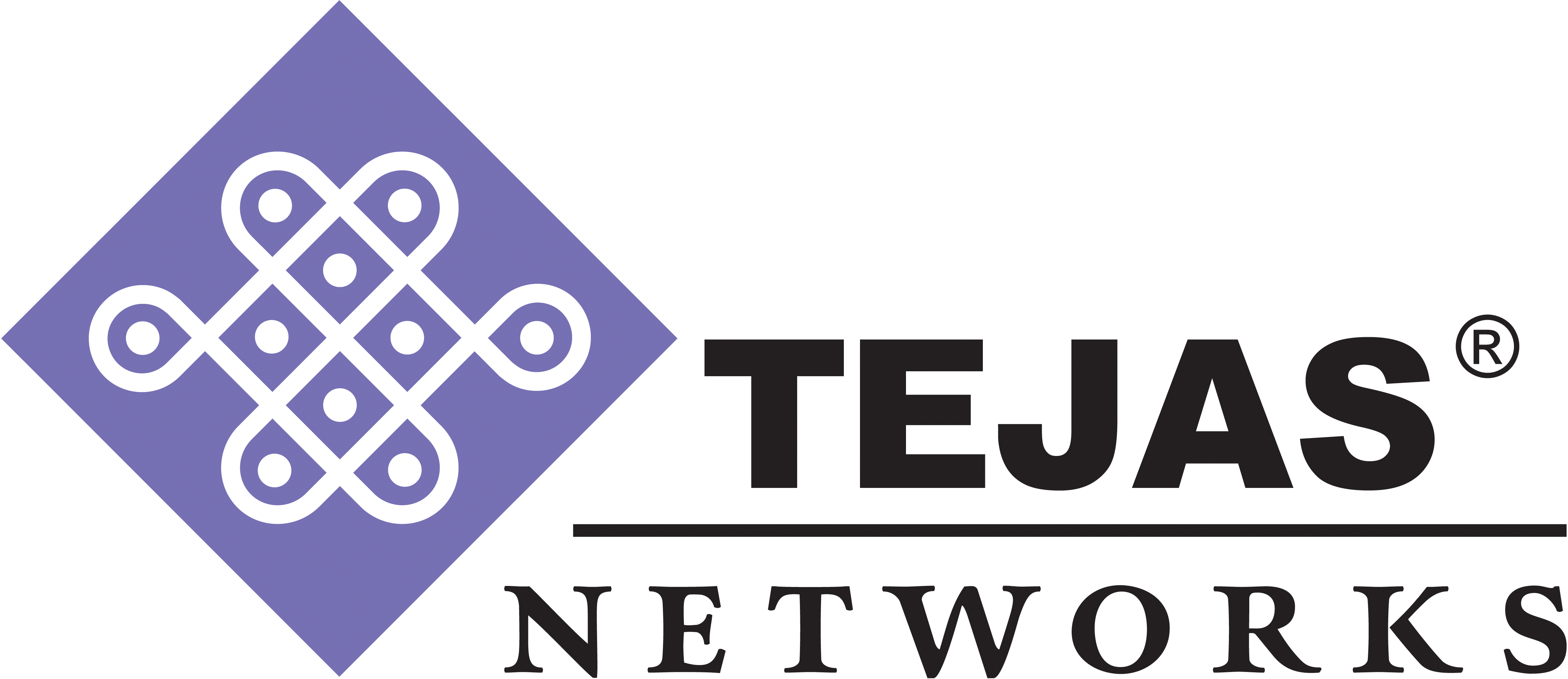

Tutorials are free for all registered participants.
| VENUE | TITLE | SPEAKER(S) |
|---|---|---|
| ECE MP-20 | T1: Biological Layer for 6G/B6G: Einstein, Reynolds, and Communications |
Chan-Byoung Chae (Yonsei University, Korea) |
| ECE 1.08 | T2: Strategic Communication |
Ankur Kulkarni (Indian Institute of Technology Bombay) |
| VENUE | TITLE | SPEAKER(S) |
|---|---|---|
| ECE MP-20 | T3: The Fundamentals of Heavy-tails: Properties, Emergence, and Identification
|
Jayakrishnan Nair
(Indian Institute of Technology Bombay) |
| ECE 1.08 | T4: Generative Models and Role of Deep Neural Networks |
Saikat Chatterjee (KTH-Royal Institute of Technology, Sweden) |
| VENUE | TITLE | SPEAKER(S) |
|---|---|---|
| ECE MP-20 | T5: Distributed Integrated Sensing and Communications |
Kumar
Vijay Mishra (United States Army Research Laboratory) and Bhavani Shankar (Université du Luxembourg) |
| ECE 1.08 | T6: Unsourced Multiple Access (UMAC): Information Theory and Coding |
Jean-Francois
Chamberland and Krishna Narayanan
(Texas A&M University) |
| VENUE | TITLE | SPEAKER(S) |
|---|---|---|
| ECE 1.08 | T7: Risk-Aware Multi-armed Bandits |
Krishna Jagannathan and Prashanth L.A. (Indian Institute of Technology Madras) |
| ECE MP-20 | T8: Design of Indigenous 5G Cellular Network |
Rohit Budhiraja (Indian Institute of Technology Kanpur) and P H Rao (Society for Applied Microwave Electronics Engineering & Research) |
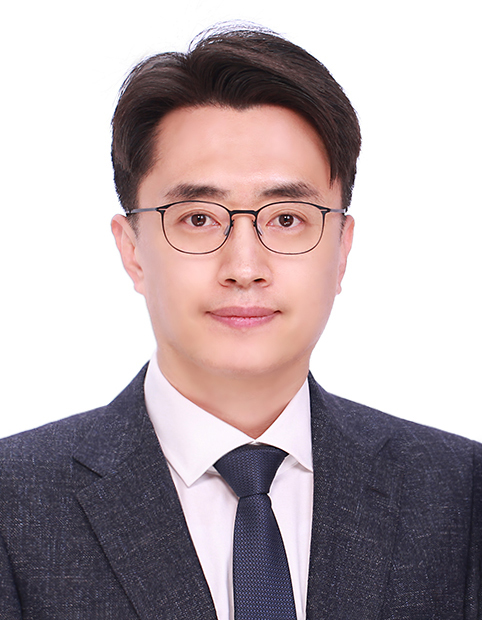
Chan-Byoung Chae is an Underwood Distinguished
Professor in the School of Integrated Technology, Yonsei University, Korea. He was with the Department
of Electrical Engineering, Stanford University, CA, USA as a Visiting Associate Professor in 2017. He
was a Member of Technical Staff (Research Scientist) at Bell Laboratories, Alcatel-Lucent, Murray Hill,
NJ, USA from June 2009 to Feb 2011. Before joining Bell Laboratories, he was with the School of
Engineering and Applied Sciences at Harvard University, Cambridge, MA, USA as a Post-Doctoral Research
Fellow. He received the Ph.D. degree in Electrical and Computer Engineering from The University of Texas
(UT), Austin, TX, USA in 2008.
He is now an Editor-in-Chief of the the IEEE Transactions on Molecular, Biological, and Multi-scale
Communications. He has served/serves as an Editor for the IEEE Communications Magazine (2016-present),
the IEEE Transactions on Wireless Communications (2012-2017), the IEEE Transactions on Molecular,
Biological, and Multi-scale Comm. (2015-present), the IEEE Wireless Communications Letters
(2016-present), the IEEE Transactions on Smart Grid (2010-2011), the IEEE ComSoc Technology News (2014),
and the IEEE/KICS Journal of Communications and Networks (2012-present). He has been a Guest Editor for
the IEEE Journal on Selected Areas in Communications (special issue on molecular, biological, and
multi-scale communications) 2014-2015 and the IEEE Access (special section on molecular communication
networks). He is an IEEE Distinguished Lecturer (ComSoc) and an IEEE Fellow.
Chan-Byoung was the recipient/co-recipient of the IEEE WCNC Best Demo Award in 2020, the Best Young
Engineer Award from the National Academy of Engineering of Korea (NAEK) in 2019, the IEEE DySPAN Best
Demo Award in 2018, the IEEE/KICS Journal of Communications Networks Best Paper Award in 2018, the IEEE
INFOCOM Best Demo Award in 2015, the IEIE/IEEE Joint Award for Young IT Engineer of the Year in 2014,
the KICS Haedong Young Scholar Award in 2013, the IEEE Signal Processing Magazine Best Paper Award in
2013, the IEEE ComSoc AP Outstanding Young Researcher Award in 2012, and the IEEE VTS Dan. E. Noble
Fellowship Award in 2008.
Abstract: Nano-molecular communication represents, in terms of its scale and energy consumption, a very powerful future communication system. Though nano communication can also be realised with electromagnetic waves, as in traditional communication systems, such means still pose several problems, such as the development of nano-scale actuator, antennas, or body absorption of tera-Hertz band frequency. Nano-molecular, or molecular communication, however, can utilise intra-body biomolecules that enable a great deal of various applications. As research into this field has been underway for less than a decade, it calls for fundamental intellectual challenges through preliminary studies. In this talk, we will introduce the contributions of Einstein and Reynolds and explain how they contribute for communications, especially for a biological layer of 6G/B6G.
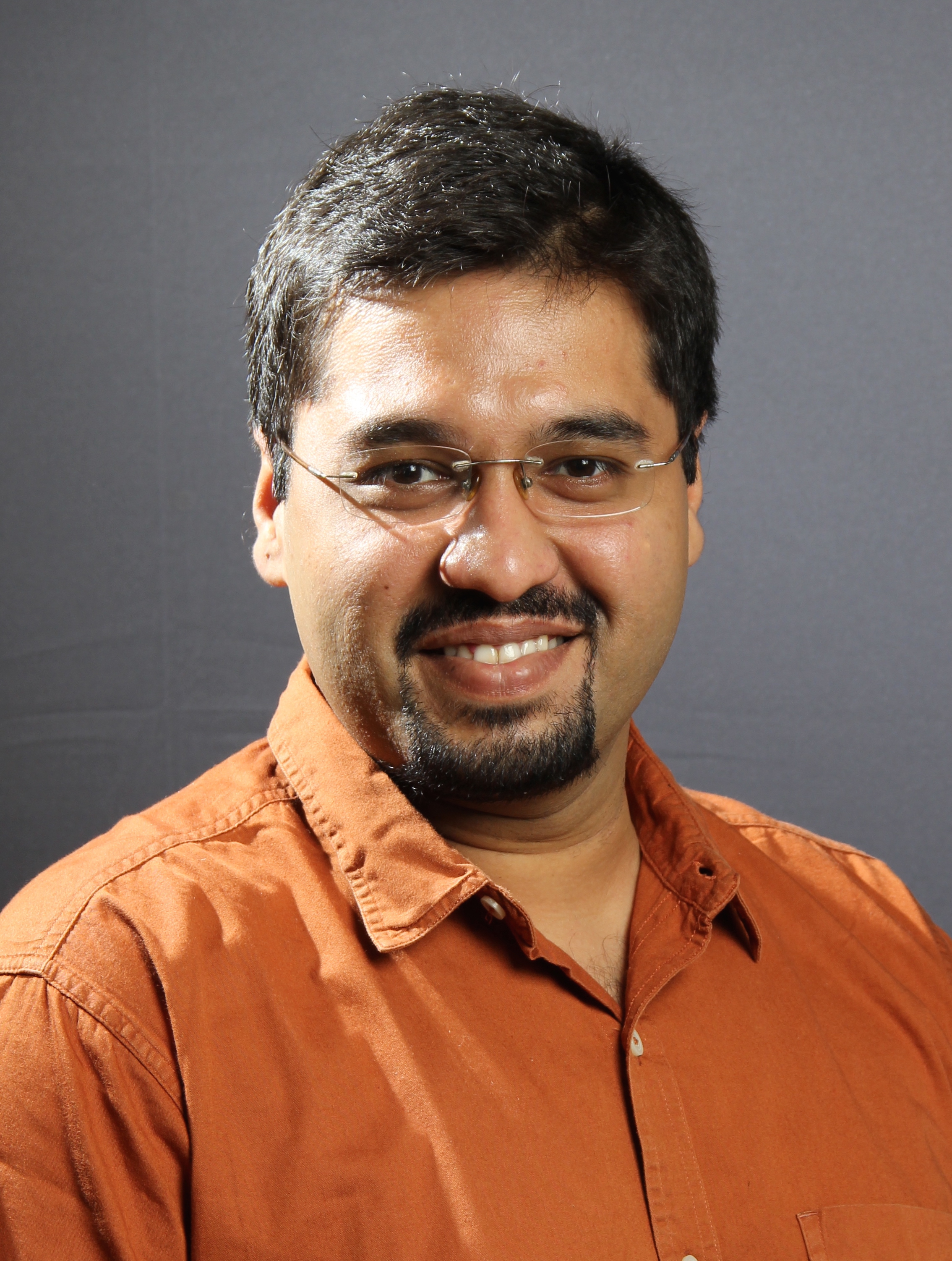
Ankur A. Kulkarni is an Associate Professor with the Systems and Control Engineering group and the Centre for Machine Intelligence and Data Science at the Indian Institute of Technology Bombay (IITB). His research interests include information theory, game theory, stochastic control, combinatorial coding theory problems, optimization, and operations research. He received his B.Tech. from IITB in 2006, followed by M.S. in 2008 and Ph.D. in 2010, both from the University of Illinois at Urbana-Champaign (UIUC). From 2010-2012 he was a post-doctoral researcher at the Coordinated Science Laboratory at UIUC. He was an Associate (from 2015--2018) of the Indian Academy of Sciences, Bangalore, a recipient of the INSPIRE Faculty Award of the Department of Science and Technology, Government of India, 2013, Best paper awards at the National Conference on Communications 2017, Indian Control Conference 2018 and International Conference on Signal Processing and Communication 2018 (runner-up), Excellence in Teaching Award 2018 at IITB and the William A. Chittenden Award, 2008 at UIUC. He has been a consultant to the Securities and Exchange Board of India, HDFC Life Insurance Company, Kotak Mahindra Bank Limited and Bank of Baroda. He presently serves on the IT-Project Advisory Board of SEBI and as Research Advisor to the Tata Consultancy Services. He has been a visitor to MIT in USA, University of Cambridge in UK, University of Paris, NUS in Singapore, IISc in Bangalore and KTH in Sweden.
Abstract: The communication setting can be seen as one where the sender and receiver form a "team" of agents that are jointly tasked with achieving reliable communication, under a certain measure of reliability. Strategic communication is a generalization of the above -- the agents are now not necessarily a part of a team, but rather the agents have objectives of their own which they aim to accomplish. This leads naturally to problem formulations that lie at the intersection of information theory and game theory, most of which have received attention only recently. In this tutorial I will first explain the paradigm of team decision theory, and view communication problems as instances of this paradigm. Then I provide a brief background on games in general, sender-receiver games in particular and introduce the problem of strategic communication. Solutions concepts from game theory will provide the tools using which our operational results will be stated. We will then review some of the main results on strategic communication that have been shown in the last decade.
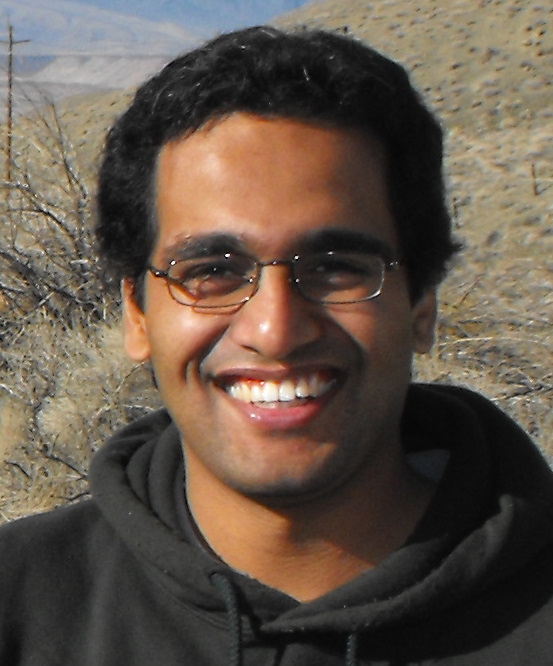
Jayakrishnan Nair is an Associate Professor of Electrical Engineering at IIT Bombay. His research draws on tools from queueing theory, applied probability, game theory, and control theory to address performance evaluation and design issues in networks, service systems, and smart power grids
Abstract: Heavy-tails are a continual source of excitement and confusion across disciplines as they are repeatedly "discovered" in new contexts. This is especially true within computer systems, where heavy-tails seemingly pop up everywhere -- from degree distributions in the internet and social networks to file sizes and interarrival times of workloads. The goal of this tutorial is to demystify heavy-tailed distributions by providing formal definitions and establishing their fundamental (and sometimes counter-intuitive) properties. We will also describe several generative mechanisms for heavy tailed distributions, which help explain their ubiquity in practice. Finally, we will introduce the audience to sound statistical tools for detecting and estimating heavy tails from data. This tutorial is based on a recent book titled "The Fundamentals of Heavy Tails: Properties, Emergence and Identification," co-authored with Adam Wierman and Bert Zwart, published by Cambridge University Press. A pre-publication draft can be downloaded from: https://adamwierman.com/book
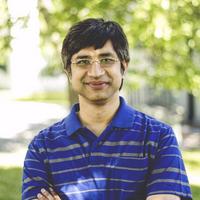
Saikat Chatterjee is associate professor at School of Electrical Engineering and Computer Science, KTH-Royal Institute of Technology, Sweden. He received Ph.D. degree from Indian Institute of Science, India. He has published more than 100 papers in international journals and conferences. He was a co-author of the paper that won the best student paper award at ICASSP 2010. He is in the editorial board of Digital Signal Processing, Elsevier journal and was the chair of EURASIP Special Area Team on Signal and Data Analytics for Machine Learning. He offers Deep Neural Networks course to Ericsson worldwide for Ericsson’s pursuit to data science and machine learning. His current research interests are statistical signal processing, machine learning, medical data analysis, data analytics, and speech, audio and image processing.
Abstract: Generative models can explain the process of generation for signals/data. Gaussian distribution, Fourier Transform, Wavelets are examples of generative models. They are widely used across many fields. If we know the parameters of a Gaussian distribution then we know two important aspects: (a) How to generate a synthetic sample? (b) What is the likelihood of a real sample in the sense of probability? In this tutorial, we will explore the use of deep neural networks (DNNs) for generative models. We will first discuss a fundamental structure of neural networks, and then explain use of DNNs for generative adversarial networks (GANs), Normalizing Flows, etc. Included applications are interpolation, pattern recognition, dynamical system design.
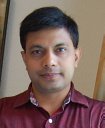
Kumar Vijay Mishra (S’08-M’15-SM’18) obtained a Ph.D. in electrical engineering and M.S. in mathematics from The University of Iowa in 2015, and M.S. in electrical engineering from Colorado State University in 2012, while working on NASA’s Global Precipitation Mission Ground Validation (G-GV) weather radars. He received his B. Tech. summa cum laude (Gold Medal, Honors) in electronics and communication engineering from the National Institute of Technology, Hamirpur (NITH), India in 2003. He is currently Senior Fellow at the United States Army Research Laboratory (ARL), Adelphi; Technical Adviser to Singapore-based automotive radar start-up Hertzwell and Boston-based imaging radar startup Aura Intelligent Systems; and honorary Research Fellow at SnT - Interdisciplinary Centre for Security, Reliability and Trust, University of Luxembourg. He is the recipient of U. S. National Academies Harry Diamond Distinguished Fellowship (2018-2021), Royal Meteorological Society Quarterly Journal Editor's Prize (2017), Viterbi Postdoctoral Fellowship (2015, 2016), Lady Davis Postdoctoral Fellowship (2017), DRDO LRDE Scientist of the Year Award (2006), and NITH Director’s Gold Medal (2003). He is Vice-Chair (2021-present) of the newly constituted IEEE Synthetic Aperture Standards Committee of the IEEE Signal Processing Society. Since 2020, he has been Associate Editor of IEEE Transactions on Aerospace and Electronic Systems, where he was awarded Outstanding Associate Editor recognition in 2021. He is Vice Chair (2021-2023) and Chair-designate (2023-2026) of International Union of Radio Science (URSI) Commission C. He is a co-lead guest editor of an upcoming IEEE Journal of Selected Topics in Signal Processing Special Issue on Recent Advances in Wideband Signal Processing for Classical and Quantum Synthetic Apertures. He is the lead co-editor of three upcoming books on radar: Signal Processing for Joint Radar-Communications (Wiley-IEEE Press), Next-Generation Cognitive Radar Systems (IET Press Radar, Electromagnetics & Signal Processing Technologies Series), and Advances in Weather Radar Volumes 1, 2 & 3 (IET Press Radar, Electromagnetics & Signal Processing Technologies Series). His research interests include radar systems, signal processing, remote sensing, and electromagnetics.
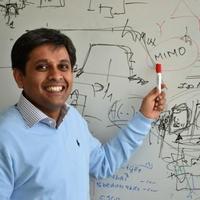
M. R. Bhavani Shankar (SM’15) received Masters and Ph. D in Electrical Communication Engineering from Indian Institute of Science, Bangalore in 2000 and 2007 respectively. He was a Post Doc at the ACCESS Linnaeus Centre, Signal Processing Lab, Royal Institute of Technology (KTH), Sweden from 2007 to September 2009. He joined SnT in October 2009 as a Research Associate and is currently a Research Scientist at SnT. He was with Beceem Communications, Bangalore from 2006 to 2007 as a Staff Design Engineer working on Physical Layer algorithms for WiMAX compliant chipsets. He was a visiting student at the Communication Theory Group, ETH Zurich, headed by Prof. Helmut Bölcskei during 2004. Prior to joining Ph. D, he worked on Audio Coding algorithms in Sasken Communications, Bangalore as a Design Engineer from 2000 to 2001. His research interests include Design and Optimization of MIMO Communication Systems, Radar and Array Processing, polynomial signal processing, Satellite communication systems, Resource Allocation, Game Theory and Fast Algorithms for Structured Matrices. He is currently on the Executive Committee of the IEEE Benelux joint chapter on communications and vehicular technology, member of the EURASIP Special Area Team (SAT) on Theoretical and Methodological Trends in Signal Processing and serves as handling editor for Elsevier Signal Processing. He was a co-recipient of the 2014 Distinguished Contributions to Satellite Communications Award, from the Satellite and Space Communications Technical Committee of the IEEE Communications Society. He has co-organized special sessions in ICASSP (2017, 18), SPAWC (2015, 16) and EUSIPCO (2015, 16).
Abstract: In this tutorial, we focus on the recent developments toward distributed integrated sensing and communications (ISAC). We consider a broad definition of coexistence, which covers ISAC, collaborative communications, and sensing with interference. Toward fully realizing the coexistence of the two systems, optimization of resources for both new/futuristic sensing and wireless communications modalities is crucial. These synergistic approaches that exploit the interplay between state sensing and communications are both driving factors and opportunities for many current signal processing and information-theoretic techniques. A large body of prior works consider colocated ISAC systems and distributed systems remain relatively unexamined. Building on the existing approaches, the tutorial focuses on highlighting emerging scenarios in collaborative and distributed ISAC, particularly at mm-Wave and THz frequencies, highly dynamic vehicular/automotive environments that would benefit from information exchange between the two systems. It presents the architectures and possible methodologies for mutually beneficial distributed co-existence and co-design, including sensor fusion and heterogeneously distributed radar and communications. The tutorial also considers recent developments such as deployment of intelligent reflecting surfaces (IRS) in ISAC, 5G systems, passive internet-of-things, and ISAC secrecy rate optimization. This tutorial aims to draw the attention of the radar, communications, and signal processing communities toward an emerging area, which can benefit from the cross-fertilization of ideas in distributed systems.
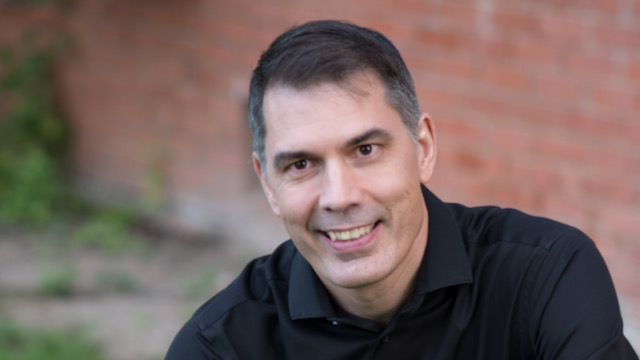
Jean-Francois Chamberland is a professor in the Department of Electrical and Computer Engineering at Texas A&M University. He completed a Bachelor of Engineering degree at McGill University, a Master of Science degree at Cornell University, and a Doctorate at the University of Illinois, Urbana-Champaign. His research interests are in the areas of communication and information theory, statistical inference, computer systems and networks, data science, and learning. Recently, he has been studying the efficient design of wireless systems and the fundamental limits of communication networks. His contributions have been recognized through an IEEE Young Author Best Paper Award from the IEEE Signal Processing Society, and a Faculty Early Career Development (CAREER) Award from the National Science Foundation (NSF). He was invited to present educational innovations at the Frontiers of Engineering Education Symposium. He served as associate department head at Texas A&M University, and as an associate editor for the IEEE Transactions on Information Theory.
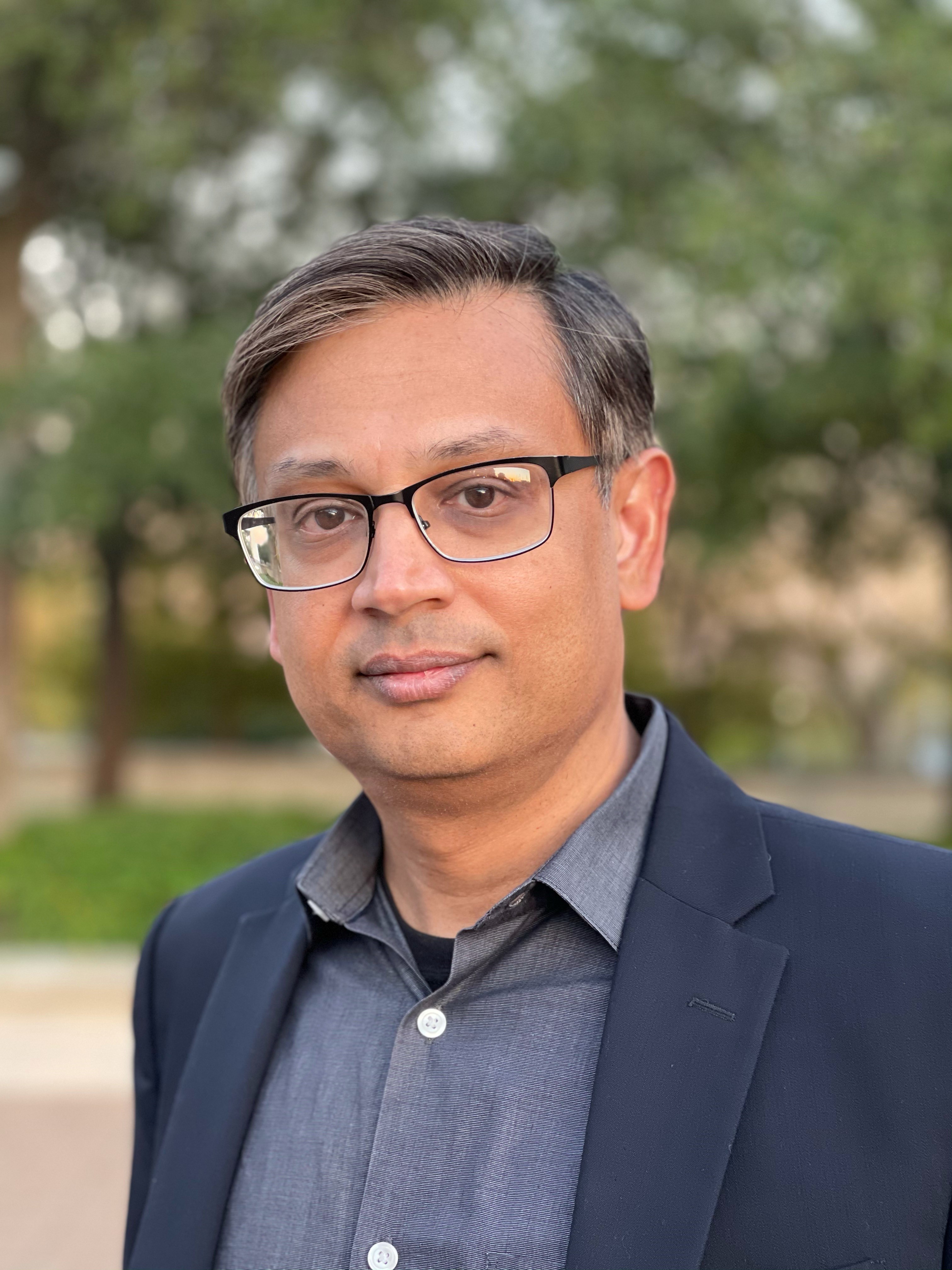
Krishna Narayanan received the B.E. degree from Coimbatore Institute of Technology in 1992, the M.S. degree from Iowa State University in 1994, and the Ph.D. degree in Electrical Engineering from Georgia Institute of Technology in 1998. Since 1998, he has been with the Department of Electrical and Computer Engineering at Texas A&M University, where he is currently the Eric D. Rubin professor. His research interests are broadly in coding theory, information theory, and signal processing with applications to wireless networks, data storage and data science. His current research interests are in the design of uncoordinated multiple access schemes, coding for distributed computing, exploring connections between sparse signal recovery and coding theory, and analyzing data defined on graphs. He is passionate about technology-enabled teaching and innovative pedagogical approaches. He was the recipient of the NSF CAREER award in 2001. He also received a 2006 best paper award from the IEEE technical committee for signal processing and a 2018 best paper award at the conference on vehicular electronics and safety. He served as an associate editor for coding techniques for the IEEE Transactions on Information Theory, 2016–2019. He served as the area editor (and as an editor) for the coding theory and applications area of the IEEE Transactions on Communications from 2007 until 2011. In 2014, he received the Professional Progress in Engineering award given to an outstanding alumnus of Iowa State University. He was elected a Fellow of the IEEE for contributions to coding for wireless communications and data storage.
Abstract: Current wireless infrastructures have been designed to serve human-operated devices, with popular applications such as voice telephony, Internet browsing, navigation, and music/video streaming. Much of the engineering behind existing systems has focused on developing an efficient and high-throughput downlink. Yet, the emergence of machine-type communication (MTC) is challenging existing wireless systems because unattended devices interact with their environments in fundamentally different ways compared to humans. The sporadic and fleeting nature of certain device-type traffic invalidates the acquisition-estimation-scheduling paradigm, a cornerstone of the wireless world for decades. Indeed, in MTC settings, the cost of collecting the state information needed to schedule opportunistically cannot be amortized over the duration of long connections and, hence, rapidly becomes prohibitive. Unsourced random access (URA) has emerged as a communication paradigm attuned to uplink MTC traffic by requiring minimal coordination between users and their access points. This tutorial aims to provide an overview of recent developments in wireless systems attuned to MTC traffic. The focus will be on the role of sparsity in very high dimension, its connection to traditional communication and coding schemes, as well as challenges associated with multi-antenna receivers. The presentation will include applications of the techniques to communication systems and beyond, along with ongoing research efforts and potential future directions in the area.
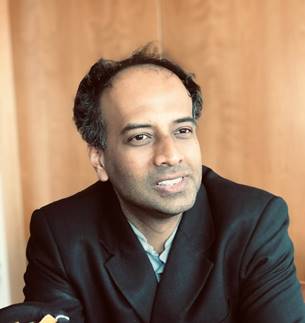
Krishna Jagannathan obtained his B. Tech. in Electrical Engineering from IIT Madras in 2004, and the S.M. and Ph.D. degrees in Electrical Engineering and Computer Science from the Massachusetts Institute of Technology (MIT) in 2006 and 2010 respectively. During 2010-2011, he was a visiting post-doctoral scholar in Computing and Mathematical Sciences at Caltech, and an off-campus post-doctoral fellow at MIT. Since November 2011, he has been with the Department of Electrical Engineering, IIT Madras, where he is currently an associate professor. His research interests lie in the stochastic modeling and analysis of communication networks, network control, and queuing theory.
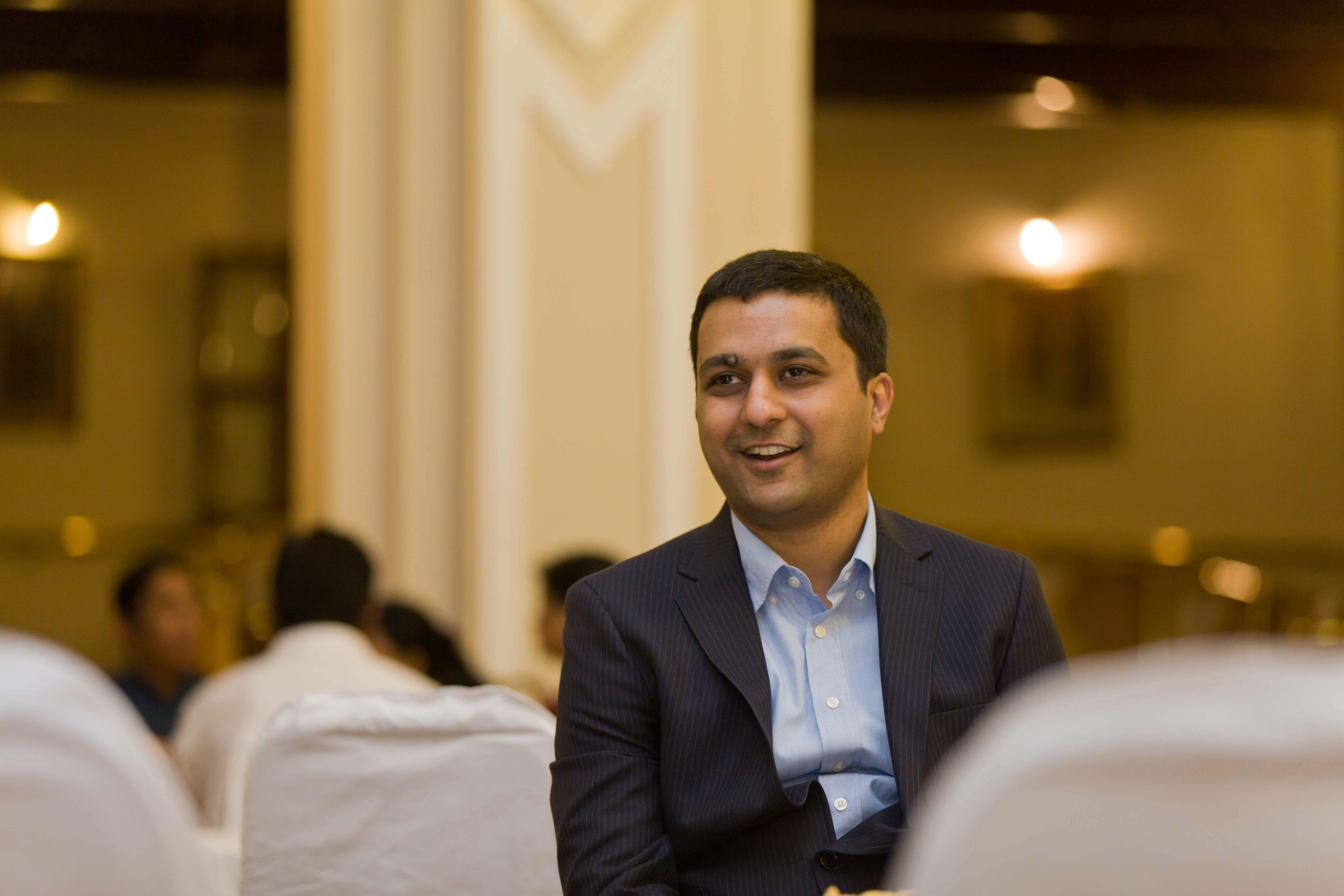
Prashanth L.A. is an Assistant Professor in the Department of Computer Science and Engineering at Indian Institute of Technology Madras. Prior to this, he was a postdoctoral researcher at the Institute for Systems Research, University of Maryland - College Park from 2015 to 2017 and at INRIA Lille - Team SequeL from 2012 to 2014. From 2002 to 2009, he was with Texas Instruments (India) Pvt Ltd, Bangalore, India. He received his Masters and Ph.D degrees in Computer Science and Automation from Indian Institute of Science, in 2008 and 2013, respectively. He was awarded the third prize for his Ph.D. dissertation, by the IEEE Intelligent Transportation Systems Society (ITSS). He is the coauthor of a book entitled `Stochastic Recursive Algorithms for Optimization: Simultaneous Perturbation Methods', published by Springer in 2013. His research interests are in reinforcement learning, simulation optimization and multi-armed bandits, with applications in transportation systems, wireless networks and recommendation systems.
Abstract: In several applications such as clinical trials and financial portfolio optimization, the expected value (or the average reward) does not satisfactorily capture the merits of a drug or a portfolio. In such applications, risk plays a crucial role, and a risk-aware performance measure is preferable, so as to capture losses in the case of adverse events. This survey aims to consolidate and summarize the existing research on risk measures, specifically in the context of multi-armed bandits. We review various risk measures of interest, and comment on their properties. Next, we review existing concentration inequalities for various risk measures. Then, we proceed to defining risk-aware bandit problems. We consider algorithms for the regret minimization setting, where the exploration exploitation trade-off manifests, as well as the best-arm identification setting, which is a pure exploration problem—both in the context of risk-sensitive measures. We conclude by commenting on persisting challenges and fertile areas for future research.
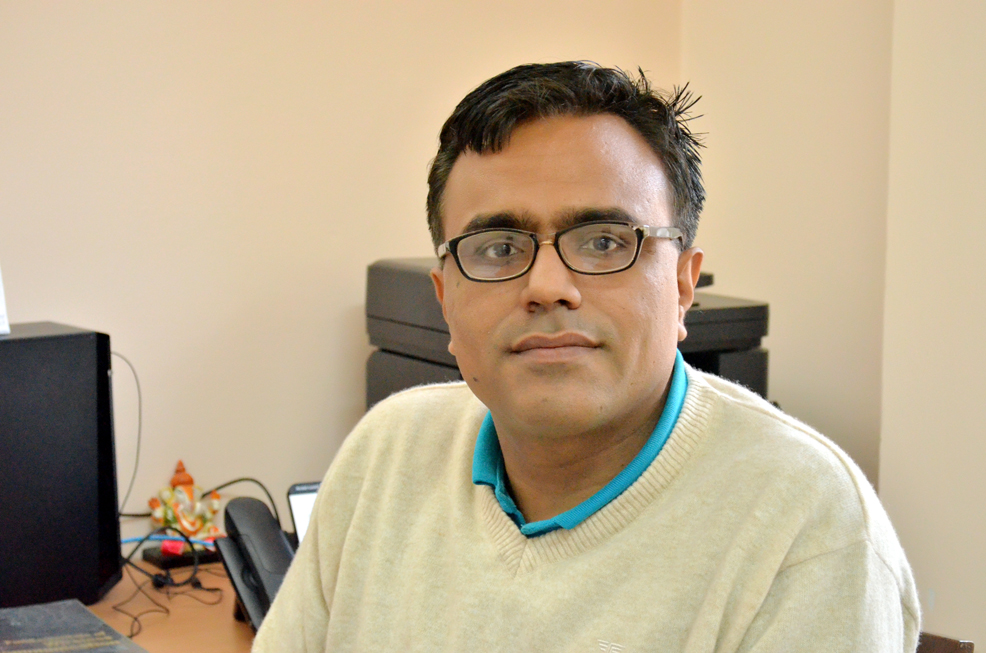
Rohit Budhiraja is currently an Associate Professor in IIT Kanpur, where he led the effort to design the indigenous 5G network. He is also currently leading the 5G and beyond standardization project from IIT Kanpur. He received his MS and PhD degrees in Electrical Engineering from IIT Madras in 2004 and 2015, respectively. From 2004 to 2011, he worked for two companies, where he designed, from scratch, both hardware and software algorithms, for WiMAX- and LTE-based cellular systems. His theoretical interests are in analyzing and optimizing state-of-the-art wireless systems.
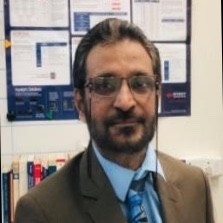
Dr Patnam Hanumantha Rao received his PhD from The Queen’s university, Belfast, UK, M.S from BITS, Pilani and B.Tech, from SV University, India. He has 34 Plus, Years of experience in Research and Development in RF, microwaves and mmwave Technologies for strategic and civilian sectors. Currently he is the Director General of SEER (Society for Applied Microwave Electronics Engineering & Research). He has been actively involved in the implementation of various future driven next generation technologies for both strategic and societal applications for DRDO, MeitY and DoT. Most of his work has been published in highly referred journals. Some of his publications are the most referred /popular articles for a long period in IEEE. He has more than 120 publications in referred journals and conferences. He is a senior member of IEEE. Member 5G Implementation and Review group (MeitY) and Member Technology Innovation Group (TIG) for 6G (DoT), IEEE Distinguished Lecturer (DL) /Speaker for Asia Pacific Region 2015 and 2016 (IEEE-AP-S). Current research areas include 6G solutions, intelligent reflecting surfaces, UAV detection and deactivation, Spectrum studies and RFSoC and Tiled Phased arrays systems.
Abstract: A fully-indigenous 5G cellular network was recently designed under the ambit of a project titled “5G-Indigenous End-to-end Test bed”, funded by the Department of Telecommunications (DoT), Govt of India. The hardware and software for different subsystems of this 5G cellular network were built from scratch across five institutions for both sub-6GHz and mmwave bands. This tutorial will give a brief overview of the complete 5G network architecture including the core network and radio access network (RAN). We will then discuss in detail the RAN architecture which consist of the following subsystems - baseband unit, remote radio head (RRH), radio frequency (RF) frontend and antennas. We will provide deep insights on how and why we came up with this system architecture, its advantages, and the engineering challenges we faced while designing the above subsystems. We will also briefly discuss how our network design can potentially enable cell-free architecture which is being investigated for 5G and beyond systems.


